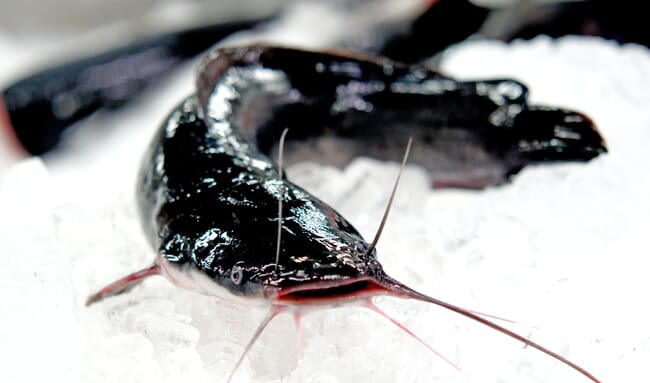
Catfish has long been a staple food in the Southern United States and is a common sight at fish fries and barbecues alike. However, over the last two decades, the catfish aquaculture industry has received blow after blow, resulting in almost negligible growth.
Stagnation of market prices, changes in customer preferences, increased production costs, and increased foreign competition have all contributed to the effects felt by the industry, according to Dr Todd Sink, Texas A & M aquaculture specialist.
In a little over two decades, the market price of the fish has ranged from 80 cents to $1.20 per pound, whilst feed costs more than doubled to $525 per tonne over the same period.
“There is very little profit margin, and tens of thousands, if not hundreds of thousands, of fish must be sold per year to support a farm enterprise,” Sink said, in an article from Agrilife Today.
“Catfish is a product that has not achieved the same market increase with inflation as other products have,” he added.
Whilst the stagnation of market price and increase in production costs alone would have a significant impact on the industry, a change in consumer preferences for higher-value foods has further contributed to the troubles experienced by catfish farmers in Texas.
“People have become more affluent, and their taste in fish has changed over time. Catfish is considered to be a lower-value fish, and now people are trending more toward species they perceive to be of higher value like red drum, hybrid striped bass, corvina and red sea bream from Europe,” explained Sink.
For these reasons many producers have chosen to abandon catfish in favour of more lucrative species, whilst others have left the aquaculture profession altogether. This is despite the outward appearance of success within the Texas catfish industry, which ranks amongst the top four catfish producing states in the US.
In light of the industry's continued struggles, federal intervention has helped to support Texan catfish producers in the past. For example, laws requiring correct labelling of imported products gave an edge to domestic catfish producers, and farmers raising fish for consumption can receive government compensation for losses from disease or extreme weather.
Whilst the future of the Texas catfish industry remains unclear, and market stagnancy is not a word that producers are often happy to hear, Sink predicts that, at least, the catfish industry will not sink significantly over the coming years.




